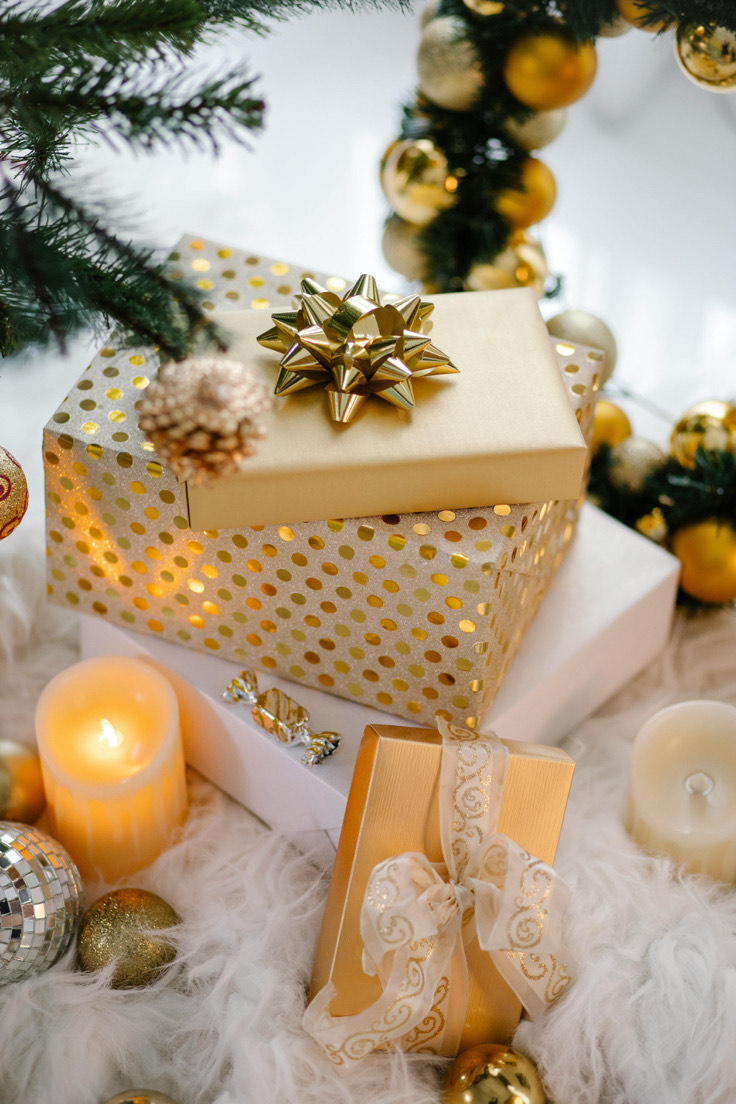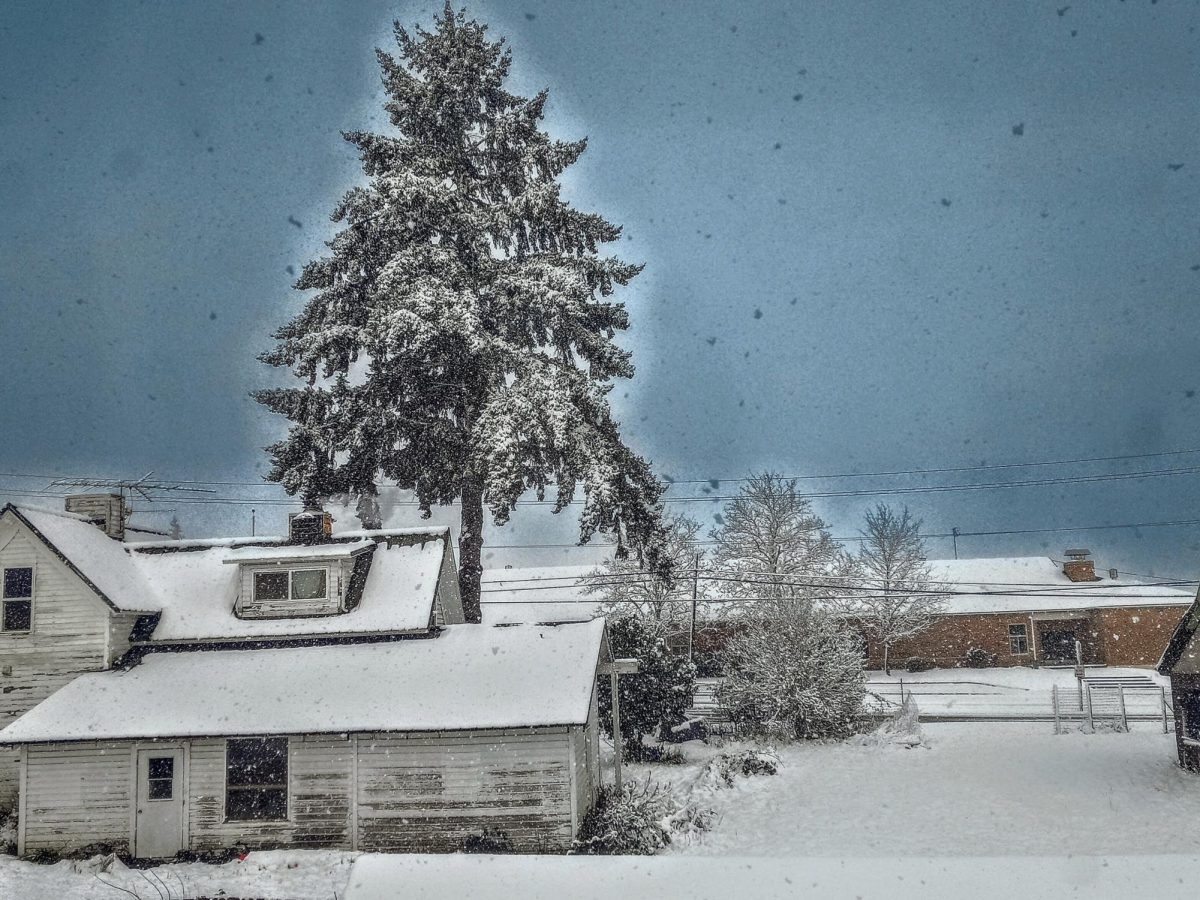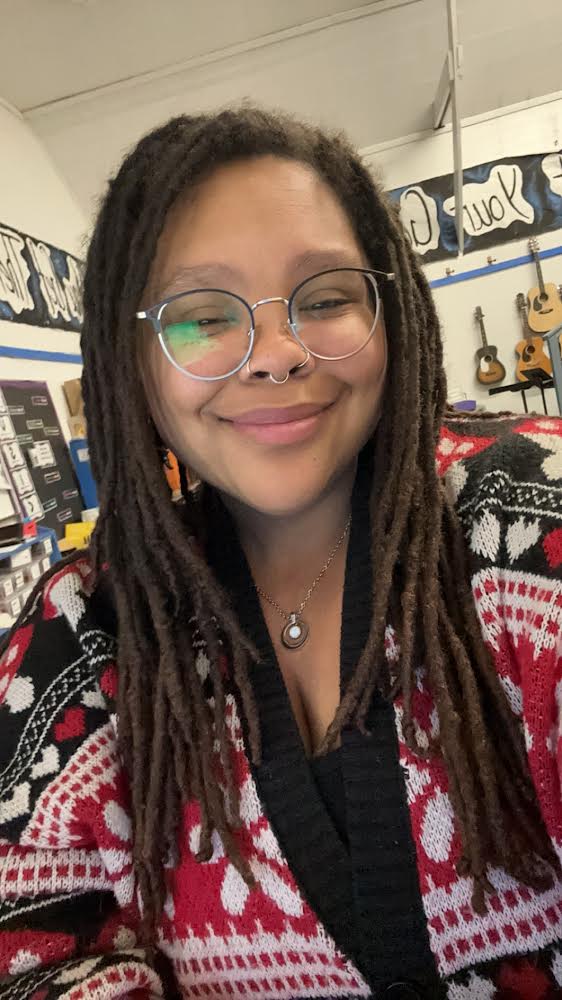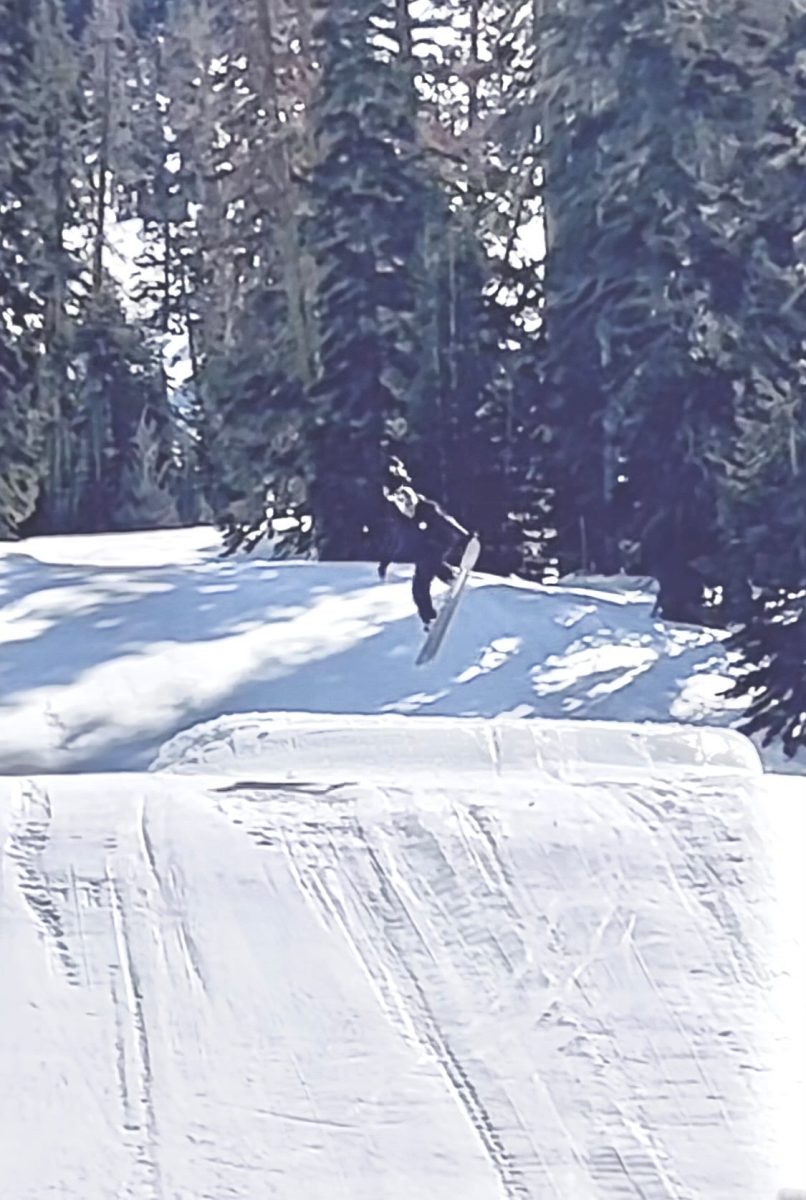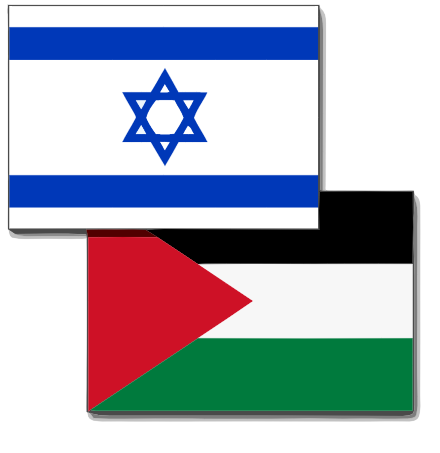December is a memorable month in the U.S as everyone begins to prepare gifts for their families, decorate with lights and purchase this year’s Chrsimas tree.
But what about the holiday season outside the U.S? This year’s YCHS exchange students have provided a glimpse of what this time of year is like for them in their home countries.
Joao, a student from Brazil attending school at YCHS as a senior shares his experience with Christmas and its similarities to the U.S.
“Actually the Christmas here, it’s pretty much the same, we have a lot of Christmas lights, family dinner,” he said.
He shared that Thanksgiving is celebrated in Brazil but not nearly as much as Christmas is. He talked of the traditions they have regarding Christmas, which are similarly common in the U.S.
“Every year we set the Christmas tree up, and next to it, we put a nativity scene, of the birth of jesus,” he said.
Aina, a Junior from Catalonia, Spain, shares her cultural experiences and introduces the holidays she celebrates. They include Castanyada, celebrated on October 31st where families gather to commemorate the death of loved ones and acknowledge the autumn season.
As well as, Tió de Nadal, which translates to “Christmas Log”. She goes on to explain that this Christmas tradition, rooted in Catalan mythology.
“One big difference is the emphasis on Santa Claus in the U.S., which is less central in Catalonia. In Catalonia, we focus more on the “Tió de Nadal” and the arrival of the Three Kings (Reis Mags) on January 6,” she said.
She also shared the lack of thanksgiving which plays into a large difference between the holidays in the U.S and abroad, that the holidays feel much slower for her.
“Also, while Thanksgiving leads into the holiday season in the U.S., Catalonia doesn’t have a comparable holiday, so Christmas preparations feel less rushed,” she said.
Mia, a senior from Germany speaks on the holiday Nikolaus Day celebrated on December 6th where kids leave their boots outside and the following day check on them to find toys and candy stuffed inside.
“We also have a special thing, where on the night to the 6th of December kids put their boots outside and the next day they are filled with chocolates and toys. That day is called “Nikolaus Tag” in German,” she said.
Finally Sary, a senior from Lebanon shared that halloween isn’t celebrated where she lives. Instead she expressed a more holy, religious version of what Americans might consider the halloween night called Baraba where kids dress up and go singing and dancing, getting candy and money from relatives.
“like halloween kids go roam around houses singing Barbara songs and dancing and they take candies (money sometimes if they were at relatives house), and they be all dressed up covering their faces (unlike halloween no demonic figures etc…)” she said.
The general themes surrounding the Christmas season in and outside of the U.S seems to be a focus on family and religion, coming together to celebrate and have dinners together.
Baking cookies with family as Mia described, or for Aina eating “escudella i carn d’olla”, heart healthy stew. Or for Sary and Joao something as simple as putting up a tree and decorating. Whatever it may be, the holiday season plays a key role for lots of cultures that all deserve to be acknowledged and celebrated.

